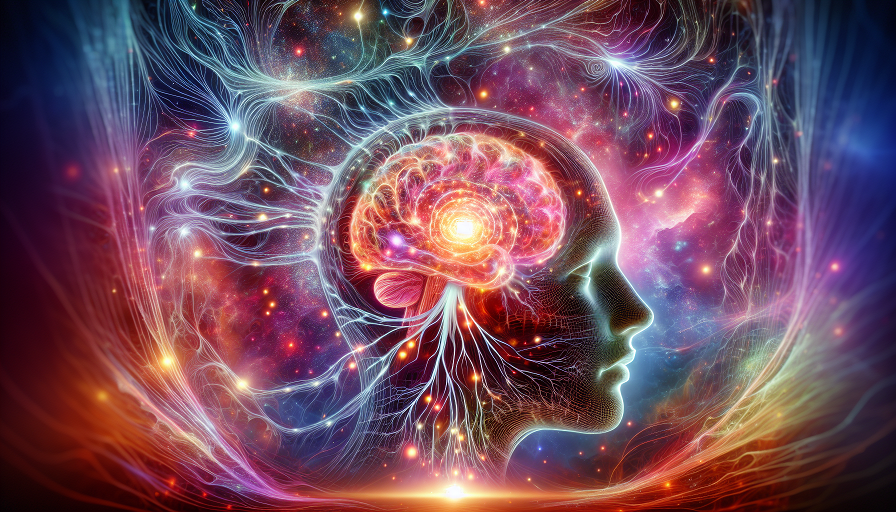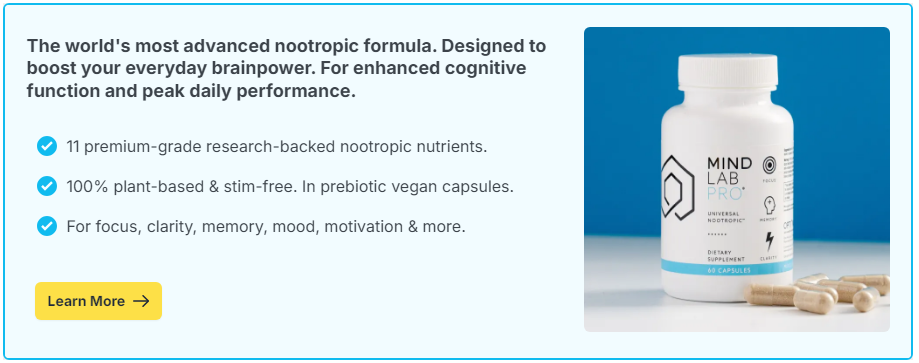
He has no superpowers. No radioactive spider bite, no alien origin, no mystical hammer. What he has is rage. Precision. Focus. And a trauma that shaped every cell of his identity.
Batman isn’t just a vigilante in a cape—he’s a psychological archetype. The child who witnessed his parents’ murder becomes the man who controls an entire city’s criminal underworld—through fear, strategy, and intellect. Beneath the mask lies a case study in how the human mind, when confronted with extreme loss, can channel pain into something both extraordinary and deeply complex.
But Batman’s mind is more than revenge—it’s a blend of discipline, obsession, and purpose. So what happens when trauma is fused with genius? What does the Dark Knight tell us about mental resilience, focused cognition, and the fine line between self-control and self-destruction?
Contents
The Origin Wound: Trauma as the Catalyst
The Psychological Impact of Parental Loss
At the core of Bruce Wayne’s transformation into Batman is a traumatic event: the violent death of his parents in front of him. This is more than a backstory—it’s a psychological rupture. Research on childhood trauma shows that early loss, especially through violence, can fundamentally alter brain development, particularly in areas related to fear, emotional regulation, and decision-making.
In many individuals, this kind of trauma leads to PTSD, depression, or avoidance behaviors. But in Bruce’s case, it fuels a hyper-focused response. He doesn’t run from the pain—he builds his identity around it. In psychological terms, he exhibits post-traumatic growth: a phenomenon where individuals experience positive psychological change as a result of struggling with adversity.
Why He Doesn’t Heal
Healing, for most trauma survivors, involves acceptance, integration, and moving on. But Batman doesn’t want to move on. His grief is perpetual, structured, and intentionally preserved. His mission is to ensure no one else suffers what he did. In doing so, he turns pain into purpose—but also keeps himself emotionally frozen.
This is a deliberate trade-off: emotional resolution would weaken his drive. His strength is built on sustained hurt—a choice that gives him clarity, but at a cost.
Obsession vs. Discipline: What Fuels the Batman Engine
Structured Obsession
Bruce Wayne doesn’t just train—he engineers every aspect of his life for mastery. Martial arts. Forensics. Psychology. Engineering. Linguistics. His pursuit of knowledge is relentless, but not chaotic. It’s obsession, yes—but channeled through discipline. This is the hallmark of what psychologists call goal-directed obsessive behavior—where obsessive traits are structured into high-functioning habits.
Batman’s daily routine is likely as intense as any elite athlete or military operative. But unlike them, he doesn’t do it for recognition or even survival. He does it for psychic equilibrium. Obsession is the only thing keeping his mind from falling into the abyss of unresolved grief.
Flow State and Hyperfocus
Batman is often depicted as working for hours without distraction—an embodiment of flow state. Flow occurs when challenge and skill align perfectly, and the brain shuts out everything except the task at hand. For Batman, this happens in combat, detective work, and tech design. His mind is wired to lock in and stay there—often at the cost of sleep, comfort, or relationships.
What makes him extraordinary isn’t just his intelligence, but his ability to sustain focus longer and more intensely than others. His environment, mission, and psychology are built for flow.
The Dark Side: Psychological Costs of the Batman Persona
Emotional Suppression
Batman represses nearly all emotional vulnerability. He avoids close relationships. He rarely expresses affection. This detachment may protect his mission—but it isolates him. Psychologists note that chronic emotional suppression leads to increased physiological stress, disrupted sleep, and even reduced memory consolidation. It’s no surprise Batman often appears exhausted, stoic, and physically worn down.
Dissociation and Identity Fragmentation
Bruce Wayne and Batman are two personas—but in many portrayals, Batman is the real self. Bruce becomes the mask. This inversion is a classic sign of dissociation—where a person detaches from parts of their identity to protect themselves from trauma. Over time, the Batman identity consumes Bruce’s original personality, reflecting a loss of authentic self in favor of the constructed protector.
Control as a Coping Mechanism
Batman’s obsession with control—of his body, his tech, his plans—mirrors trauma survivors who seek certainty in an unpredictable world. His control extends to others too: his allies, his enemies, even the city itself. While it creates structure, it also leads to rigidity, burnout, and emotional distance. The same strategies that make him formidable also make him fragile.
What We Can Learn From Batman’s Mind
1. Pain Can Be Power—If You Shape It
Batman teaches us that trauma doesn’t have to break you—it can build you. When structured with purpose and discipline, emotional pain can become a powerful motivator. But it must be directed. Left unchecked, it turns into self-destruction or stagnation.
2. Focus Is a Superpower
In a world of distractions, Batman’s single-minded concentration is rare and instructive. You don’t need a Batcave—just a commitment to creating focus zones in your day. Whether it’s for study, training, or creative work, sustained attention is one of the most potent tools for mastery.
3. Obsession Needs Boundaries
Obsessive drive can lead to greatness—but without emotional regulation, it can consume your identity. The key is balance. Let your passions shape you—but don’t let them define you. Build in time for reflection, relationships, and rest.
Nootropic Support for Batman-Level Mental Performance
Supporting Focus, Resilience, and Emotional Regulation
While you don’t need to fight crime in Gotham, many high-performers want to think more clearly, focus longer, and stay emotionally steady under pressure. Nootropics—when used wisely—can support those goals by enhancing cognitive performance without overstimulation.
Recommended Nootropics for Batman-Like Brains
- Citicoline: Boosts focus, memory, and executive function—ideal for planning and problem-solving.
- L-Theanine + Caffeine: Enhances calm concentration—perfect for sustained mental endurance.
- Rhodiola Rosea: Reduces mental fatigue and supports stress resilience in high-pressure situations.
- Bacopa Monnieri: Supports long-term memory formation and cognitive flexibility.
Our affiliate-recommended nootropic stacks combine these ingredients for optimized focus, clarity, and composure. Whether you’re tackling business, art, or strategy, this support helps you stay sharp without sacrificing balance.
The Mind Behind the Mask
Batman isn’t a fantasy—he’s a metaphor. A symbol of how the human mind, even fractured by loss, can become a force of precision and purpose. His strength lies not in gadgets or wealth, but in his relentless mental discipline. And while few of us will walk the rooftops of Gotham, all of us carry some inner darkness—and the choice of what to do with it.
So the next time you feel distracted, discouraged, or broken, remember: the world doesn’t need another superhero. It needs someone willing to turn pain into focus, obsession into purpose, and silence into action. That, truly, is the psychology of Batman.

